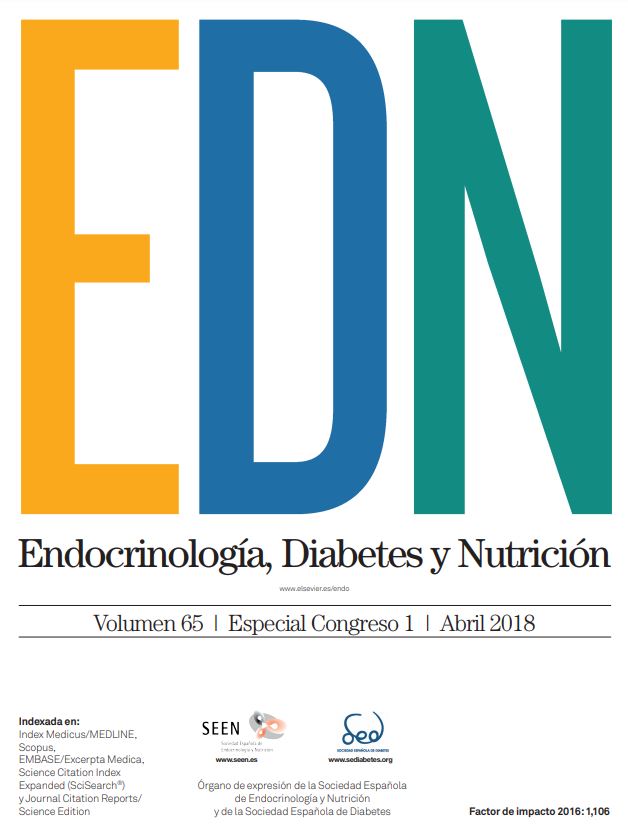O-024 - PROTECTIVE EFFECTS OF ACETYL COENZYME A REDUCTION FOR THE PREVENTION OF METABOLIC COMPLICATIONS IN HIGH FAT DIET FED MICE
Centro Andaluz de Biología Molecular Medicina Regenerativa, Sevilla.
Objectives: Acetyl coenzyme A is a central metabolite on cellular metabolism and it is the building block for de novo fatty acid synthesis and cholesterogenesis, which are key culprits on the pathogenesis of type 2 diabetes mellitus. Herein, we explored whether the pharmacollogical reduction of cytosolic/nuclear Ac-CoA levels could be a feasible therapeutic approach to prevent the detrimental effects of diet-induced obesity.
Material and methods: Primary hepatocytes were isolated and treated with increasing concentrations of SB-204990, a potent commercially available Cytosolic Ac-CoA REducing (CARE) agent. Cell death (ELISA), urea secretion, de novo lipogenesis and beta-oxidation of fatty acids were assesed at 16 hours of treatment. Wild type C57BL/6 mice were fed a diabetogenic high fat diet (HFD) TD06414 supplemented or not with the CARE agent for 15 weeks. Body weight gain, energy intake, glucose tolerance, pyruvate tolerance and insulin resistance were evaluated in vivo. Determination of HOMA-IR index and low density lipoproteins were performed. At sacrifice, tissues were weighted and transcriptome profiling was performed on liver samples using Ingenuity Pathway Analysis and Transciptome Console Analysis.
Results: We deterined in primary hepatocytes exposed to the CARE agent that cell death was unaffected at concentrations lower than 30 micromolar. Urea secretion was specifically affected at 100 micromolar, while glucose-driven liponeogenesis was dose-dependently inhibited by the compound. Interestingly, we found an hormetic effct in beta oxidation of fatty acids in primary hepatocytes, exhibiting increased palmitate oxidation at 10 micromolar concentration of CARE agent and restricted beta oxidation of fatty acids at higher doses (50-100 micromolar CARE agent). HFD-induced body weight gain was significantly reduced, with no significant differences in energy intake in mice treated with the CARE agent. Glucose as well as pyruvate tolerance were enhanced in CARE agent exposed HFD fed mice, while insulin sensitivity was not altered. The HOMA-IR index was lower and atherogenic circulating low density lipoptroteins and very low density lipoproteins were lower as well, indicating an overall improvement on metabolic health. At time of sacrifice, the weight of epididymal white adipose tissue was significantly lower in CARE agent-treated mice. A significant induction of genes involved in cholesterol biosynthesis, concomitant with a remarkable inhibition of genes involved in steroid synthesis was found in the liver of mice treated with the CARE agent as compared to untreated mice.
Conclusions: Our data indicate that CARE supplementation efficiently improves the metabolic phenotype of mice fed a obesogenic/diabetogenic HFD. We propose that interventions based on the use of CARE agents could represent a promising strategy for the development of novel therapies for the treatment of type 2 diabetes mellitus.







